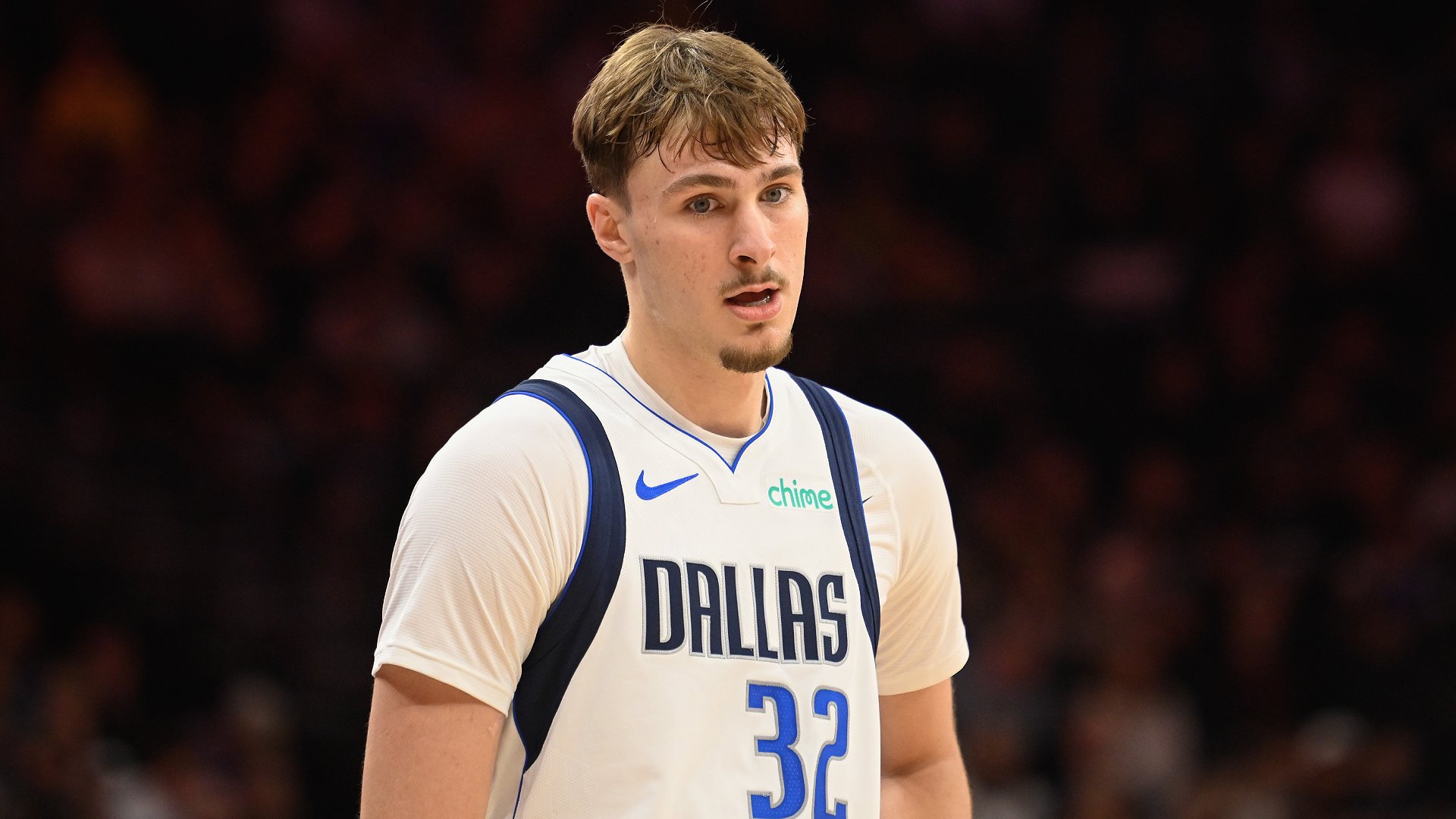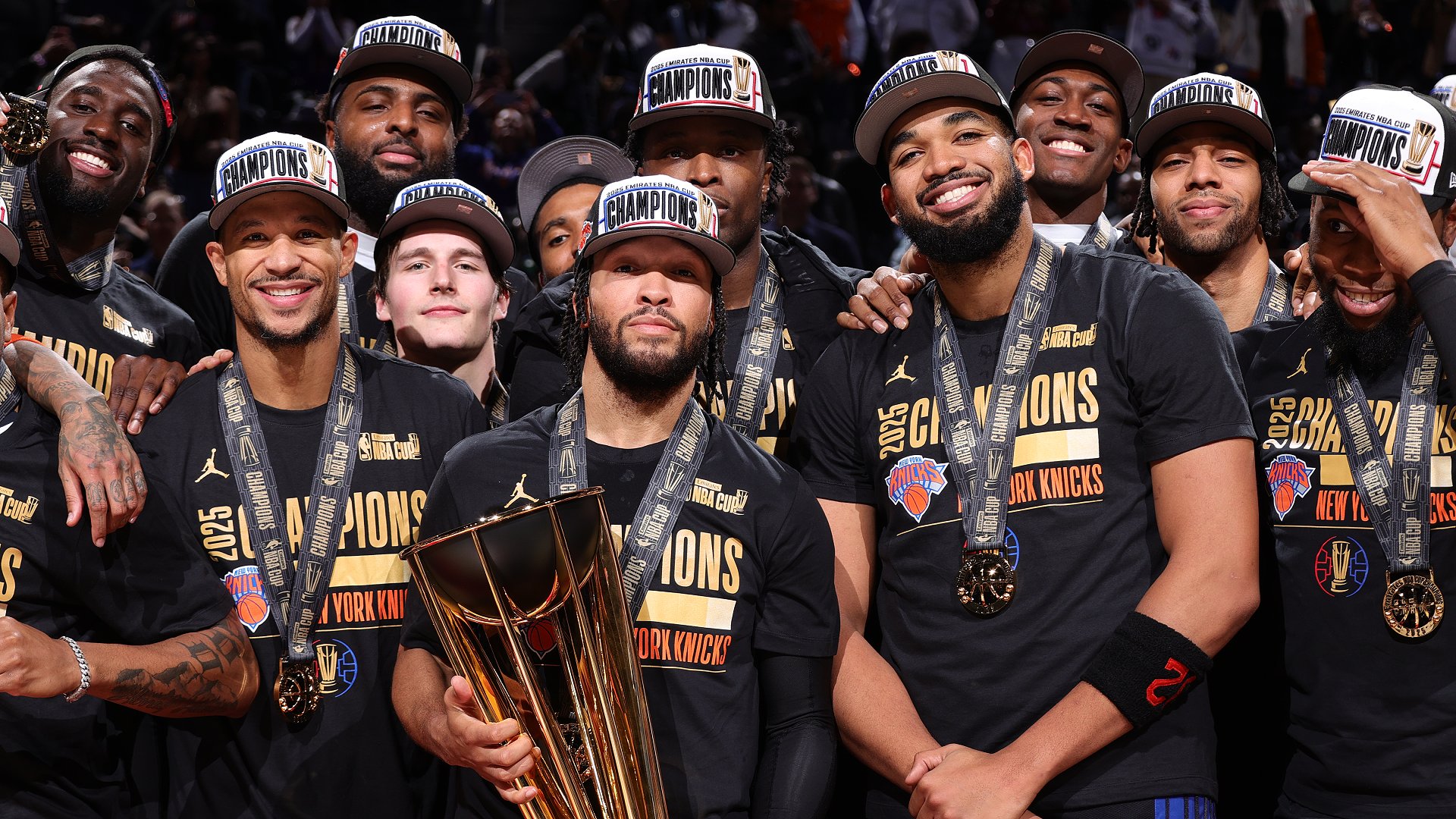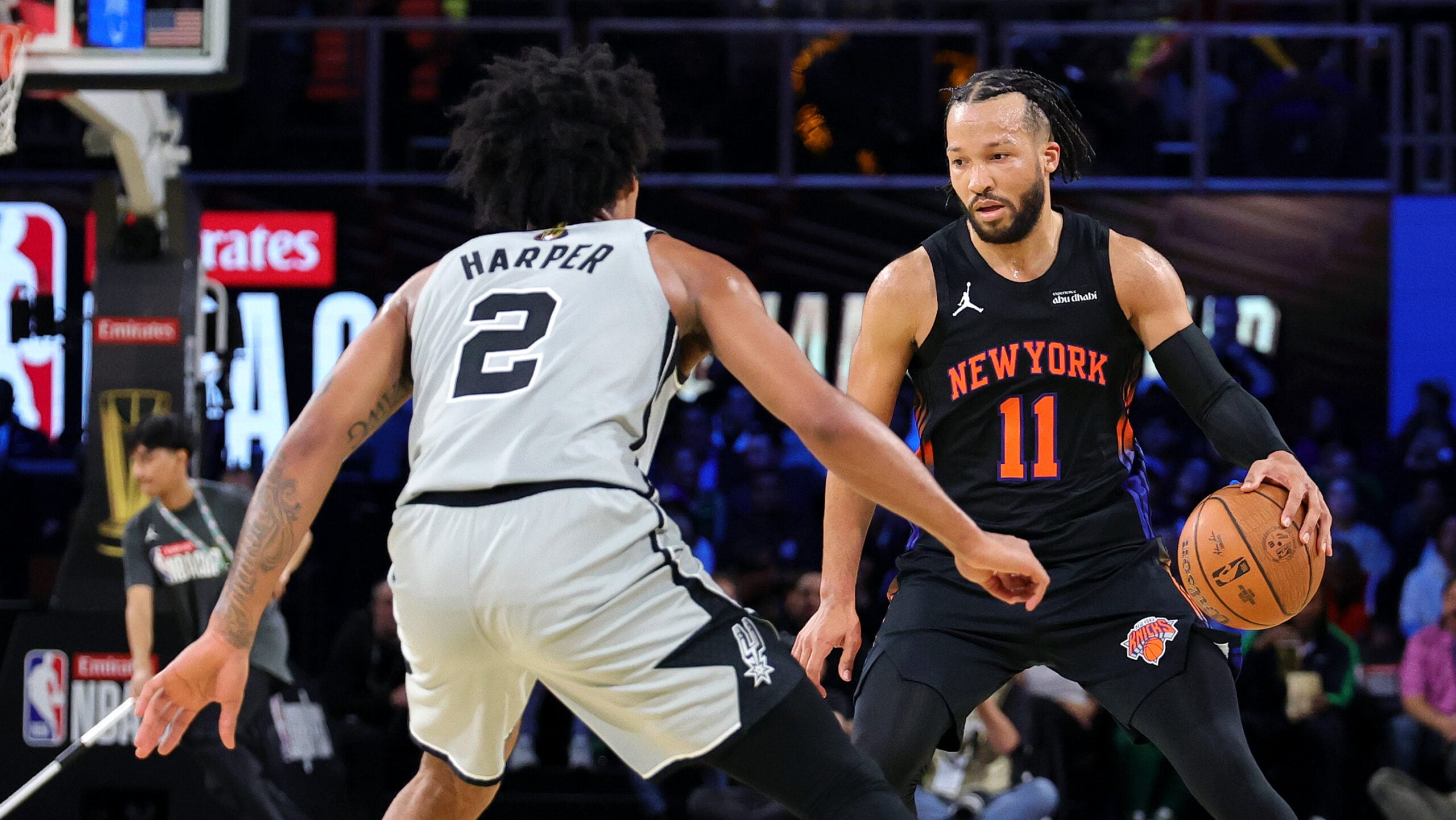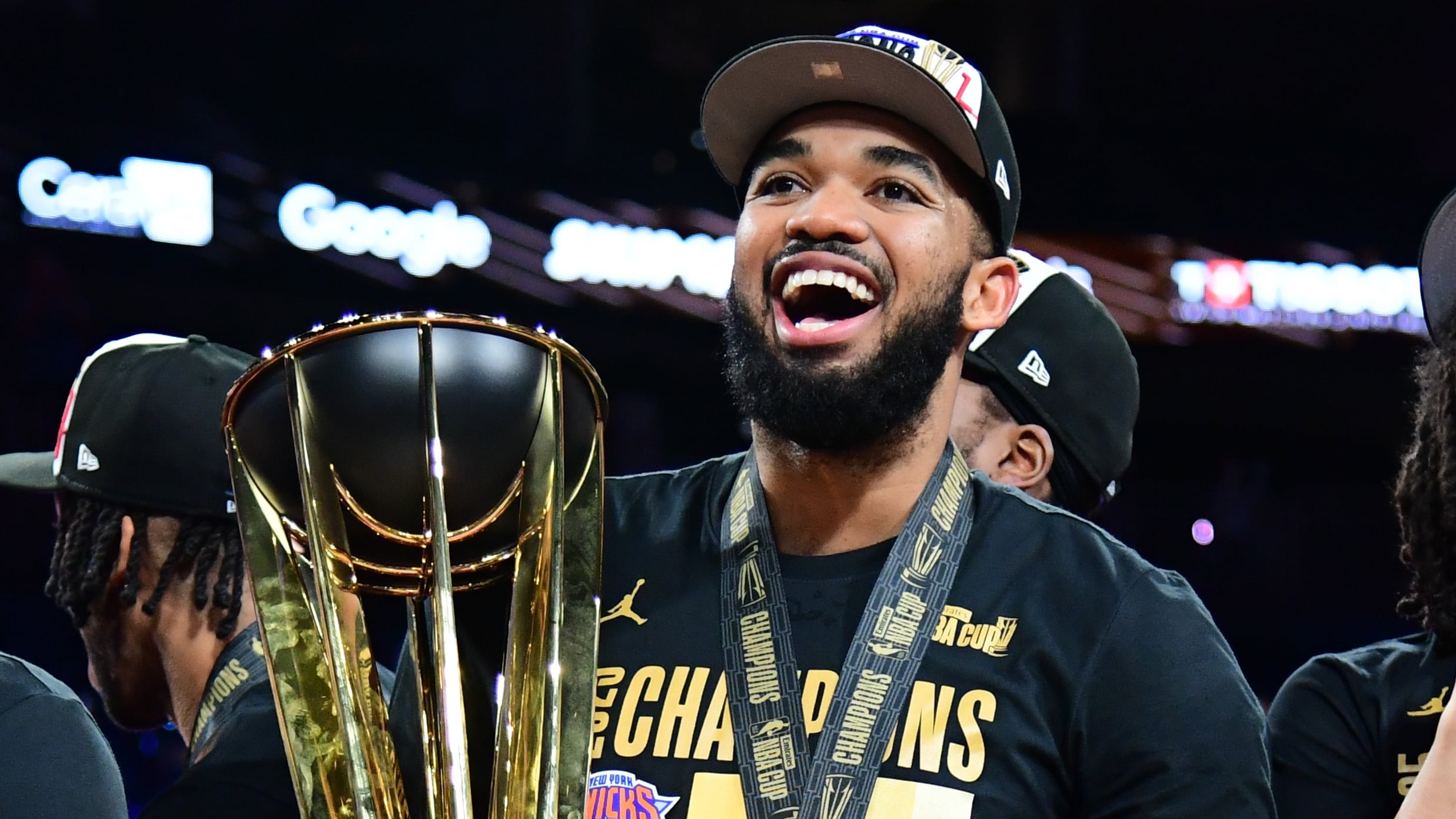
The LA Clippers started the season strong, winning 14 of their first 16 games and ranking second on both ends of the floor. But things for the Clippers can never seem to be that good for too long.
The Clippers were still tied for third in the Western Conference and coming off a win over the San Antonio Spurs a couple of days before Christmas. But Chris Paul suffered a hamstring injury in the Dec. 22 victory and things started going downhill from there.
The Basics – LA Clippers (40-27)
Pace: 98.4 (18th)
OffRtg: 109.1 (7th)
DefRtg: 106.0 (18th)
NetRtg: +3.1 (7th)
Clippers links: Team stats | Player stats | Player shooting | Lineups
Now, with four weeks left in the season, the Clippers are in fifth place. And after a loss in Utah on Monday, they’re two games behind the Jazz in a fight to see who gets home-court advantage in a potential first round matchup.
The Clippers do have the easier remaining schedule and the final head-to-head match up in L.A. on March 25. But they have to right the ship a bit to avoid starting the playoffs on the road for the first time since 2012.
That can start when the Clips host the Milwaukee Bucks in the second game of ESPN’s Wednesday doubleheader (10:30 p.m. ET).
Here are a few numbers to know about the Clippers…
No. 1
The Clippers have been 18.4 points per 100 possessions better with Chris Paul on the floor (plus-13.3) than with him off the floor (minus-5.2).
That’s the biggest on-off NetRtg differential among 283 players who have logged at least 750 minutes for one team.

This is the second time in the last three seasons that Paul has the league’s biggest on-off differential. In 2014-15, Paul’s differential of 19.8 points per 100 possessions was also the league’s biggest (minimum 1,000 minutes played) by a wide margin, but was a lot more about offense (+19.6) than defense (-0.2). Last season, Paul’s differential of 16.6 points per 100 possessions ranked third behind Stephen Curry (26.0) and Draymond Green (22.1) and was also more about offense (+13.7) than defense (-2.9).
This season, it’s been more about defense. The Clippers have allowed just 100.5 points per 100 possessions with Paul on the floor and 110.5 with him off the floor. The No. 1 defense in the league, that of the San Antonio Spurs, has allowed 100.5 points per 100 possessions. The No. 30 defense, that of the Lakers, has allowed 110.5.
Paul is generally on the floor against the opponents’ best players, making that differential even more striking. He’s also generally been on the floor with DeAndre Jordan, who finished fourth in Defensive Player of the Year voting last season. In fact, Jordan has been on the floor for 1,321 (92 percent) of Paul’s 1,442 minutes. But in 801 minutes with Jordan on the floor and Paul off the floor, the Clippers have been much closer to the league’s worst defense than the league’s best defense, allowing 111.9 points per 100 possessions.
Through the first 30 games of the season, the Clippers ranked fifth in the league defensively. Then Paul missed 21 of the next 27 games with hamstring and thumb injuries, and the Clippers fell from fifth to 12th.
But the defense hasn’t recovered since Paul has returned to the lineup. In fact, it has fallen even more, though it has still been 7.4 points per 100 possessions better with Paul on the floor over those 10 games.

Six of the Clippers’ 10 opponents since Paul has returned rank in the top 12 in offensive efficiency. But things aren’t getting easier in that regard, because their next three opponents – Milwaukee, Denver and Cleveland – all rank in the top 10.
The Clippers have also been 8.0 points per 100 possessions better offensively with Paul on the floor. Jamal Crawford may be a perennial Sixth Man of the Year candidate, but his effective field goal percentage of 47.0 percent, though higher than when he won the award last season (46.6 percent), ranks 120th among 131 players who have taken at least 500 shots. The Clippers have been outscored by 6.7 points per 100 possessions in 711 minutes with the backcourt trio of Crawford, Raymond Felton and Austin Rivers on the floor together.
Once again, Doc Rivers hasn’t staggered the minutes of his two best players. In the 36 games that Paul and Blake Griffin has played together, Griffin has been on the floor for just 142 (23 percent) of the 629 minutes Paul has been off the floor.
That should change in the playoffs, but until then, the Clippers will continue to have a huge drop-off when their point guard goes to the bench, one that would have him in the MVP conversation had he been healthy all season.
No. 2
DeAndre Jordan has scored 1.53 points per possession as the roll man on pick-and-rolls, the highest mark among 44 players with at least 100 roll-man possessions.
On the surface, Jordan is limited offensively. All he does is dunk, right?
But if you’re a big guy who can set good screens, roll hard to the basket, catch and finish, you’re an offensive weapon. Jordan has shot 73.8 percent in the restricted area, a mark that ranks third – behind Kevin Durant and LeBron James – among 96 players who have attempted at least 200 restricted-area shots. Because he doesn’t shoot much beyond five feet, he leads the league in field goal percentage and effective field goal percentage (minimum 300 FGA).
But Jordan’s value as a roll man goes beyond the times he catches and scores. According to SportVU, Jordan gets the ball only 12 percent of the time after he sets a ball screen. But the Clippers have scored 1.19 points per 100 possession whenever he has set that screen, and that’s the best mark among 47 players who have set at least 750 ball screens.
Paul is one of the league’s best shooters off the dribble. His effective field goal percentage of 53.7 percent on pull-up jumpers ranks second in the league among players who have attempted at least 200. The Clippers have scored 1.25 points per possession when Paul and Jordan have run a pick-and-roll.
J.J. Redick, meanwhile, has an effective field goal percentage of 60.9 percent on catch-and-shoot jumpers, a mark that ranks seventh among players who have attempted at least 300. Defenses know that Redick can’t be left alone on the perimeter, but Jordan’s rolls to the rim can draw a weak-side defender into the paint and give Redick the space and time he needs to shoot.
The Clippers have scored 114.7 points per 100 possessions with Paul, Redick and Jordan on the floor together, the best mark among the team’s trios that have played at least 250 minutes together. Redick has played only 157 of his 1,808 minutes with Jordan off the floor, in part because they complement each other so well. In their four seasons as teammates, Redick has gotten 7.6 3-point attempts per 36 minutes with Jordan on the floor and just 5.1 per 36 with Jordan off the floor.
It’s only his free throw percentage that keeps Jordan from being the perfect roll man. But when he has space to roll, it’s difficult for any defender to jump sufficiently high to affect his shot with a foul.
No. 3
The Clippers have taken 58.3 percent of their shots from outside the paint.
That’s the third highest rate in the league, but it’s progress, down from 60.5 percent last season and 61.4 percent the season before. Over the previous two seasons, the Clippers were the most jump shootingest team in the league. In 2014-15, they were the best shooting team in the restricted area, but took the lowest percentage of their shots from there.
This season, they rank fourth in field goal percentage in the restricted area, but are getting there more often. The Clippers’ guards still don’t get to the basket – both Paul and Redick have taken less than nine percent of their shots from the restricted area – but Blake Griffin hasn’t been such a jump-shooter this season.

This is the first time since the 2013-14 season that Griffin has taken more shots in the restricted area (319) than from mid-range (266). Griffin is having both his worst shooting season at the basket (61.8 percent) and his best shooting season from mid-range (41.7). But those restricted-area shots are still worth a lot more than those shots from between the paint and the 3-point line.
A much higher free throw rate (45 attempts per 100 shots from the field) than last season (32) has come with more shots near the basket. And Griffin has taken advantage with the highest free throw percentage (76.0 percent) of his career.
The Clippers are still very much a jump-shooting team. And having the league’s fifth highest effective field goal percentage from outside the paint is a good thing. But the most efficient ways to score are still with free throws and layups. Even as the league shoots more threes every season, there’s still value in getting into the paint.
John Schuhmann is a staff writer for NBA.com. You can e-mail him here, find his archive here and follow him on Twitter.
The views on this page do not necessarily reflect the views of the NBA, its clubs or Turner Broadcasting.







